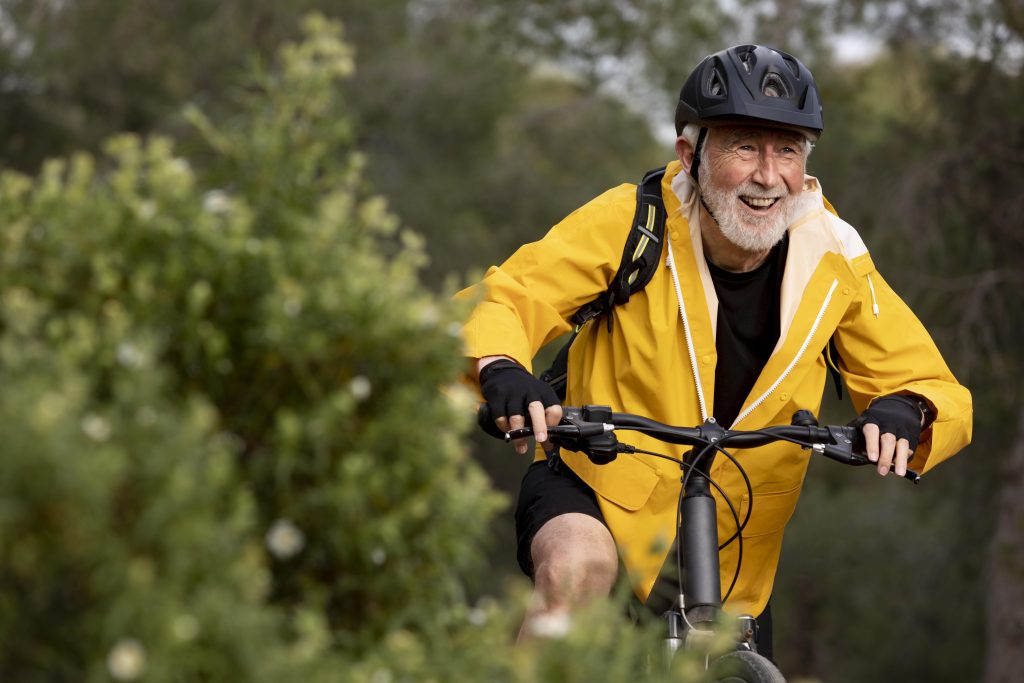I. Introduction
Physical exercise is essential for people of all ages, but it is particularly important for elderly people. As we age, our bodies become more vulnerable to chronic diseases, and our mobility and balance may decrease, leading to a higher risk of falls and other accidents. However, regular physical exercise can help mitigate these risks, and provide a range of other health benefits, including improved mental health and cognitive function.
II. Benefits of physical exercise for the elderly
There are numerous benefits of physical exercise for the elderly. Firstly, regular exercise can improve mobility and flexibility, helping to maintain or increase range of motion, and reducing the risk of falls and other accidents. Secondly, regular exercise can help to reduce the risk of chronic diseases, such as heart disease, diabetes, and stroke, which are more common in older adults. Finally, physical exercise has been shown to improve mental health and cognitive function, reducing the risk of depression, anxiety, and cognitive decline.
III. Types of physical exercise suitable for elderly people
There are several types of physical exercise that are particularly suitable for elderly people. Aerobic exercises, such as walking, swimming, cycling, and dancing, are great for improving cardiovascular health and endurance. Strength training exercises, such as resistance band exercises, weightlifting, bodyweight exercises, and yoga, are great for improving muscle strength and bone density. Balance exercises, such as Tai Chi, yoga, standing on one foot, and balance board exercises, are great for improving balance and reducing the risk of falls. Finally, flexibility exercises, such as stretching, yoga, Pilates, and chair exercises, are great for maintaining or increasing range of motion.
IV. Aerobic exercises
Aerobic exercises are an essential component of physical exercise for the elderly. Walking is one of the easiest and most accessible forms of aerobic exercise, and can be done almost anywhere. Swimming is another great option, as it is low-impact and helps to improve cardiovascular health. Cycling is a good option for those with joint pain or mobility issues, as it is low-impact and can be done indoors or outdoors. Finally, dancing is a fun and social way to get aerobic exercise, and can be enjoyed at any age.
V. Strength training
Strength training exercises are important for maintaining or increasing muscle strength and bone density. Resistance band exercises are a great option for those who prefer to exercise at home, as they require minimal equipment and can be done almost anywhere. Weightlifting is another great option for building strength, but should be done with the guidance of a trained professional to avoid injury. Bodyweight exercises, such as push-ups and squats, are a great way to build strength using only your own body weight. Finally, yoga is a great option for those who prefer a more gentle form of strength training, as it uses body weight and low-impact movements to build strength and flexibility.
VI. Balance exercises
Balance exercises are important for reducing the risk of falls and maintaining mobility. Tai Chi is a gentle and low-impact form of exercise that involves slow, flowing movements, and is great for improving balance and reducing stress. Yoga is another great option for improving balance, as it involves a series of poses that require balance and coordination. Standing on one foot is a simple and effective balance exercise that can be done anywhere. Finally, balance board exercises are a more challenging option for those who want to improve their balance and coordination.
VII. Flexibility exercises
Flexibility exercises are important for maintaining or increasing range of motion, and reducing the risk of injury. Stretching is a simple and effective way to improve flexibility, and can be done almost anywhere. Yoga is another great option for improving flexibility, as it involves a series of poses that stretch and strengthen the muscles. Pilates is a low-impact exercise that focuses on core strength and flexibility, and can be done with or without equipment. Finally, chair exercises are a great option for those with limited mobility, as they can be done while sitting or holding onto a chair for support.
VIII. Precautions and safety considerations for elderly people engaging in physical exercise
Before starting any new physical exercise program, it is important to consult with a healthcare provider, particularly if you have any pre-existing health conditions. It is also important to start slowly and gradually increase the intensity of your exercise program to avoid injury. Staying hydrated is important, particularly if you are engaging in aerobic exercise or exercising in warm weather. Finally, it is important to listen to your body and avoid overexertion, particularly if you experience pain or discomfort during exercise.
IX. Conclusion
In conclusion, physical exercise is essential for maintaining health and wellbeing, particularly as we age. There are several types of physical exercise that are particularly suitable for elderly people, including aerobic exercises, strength training, balance exercises, and flexibility exercises. By incorporating physical exercise into your daily routine, you can improve your mobility and flexibility, reduce the risk of chronic diseases, and improve your mental health and cognitive function. Remember to consult with a healthcare provider before starting any new exercise program, start slowly and gradually increase intensity, and listen to your body to avoid injury.

